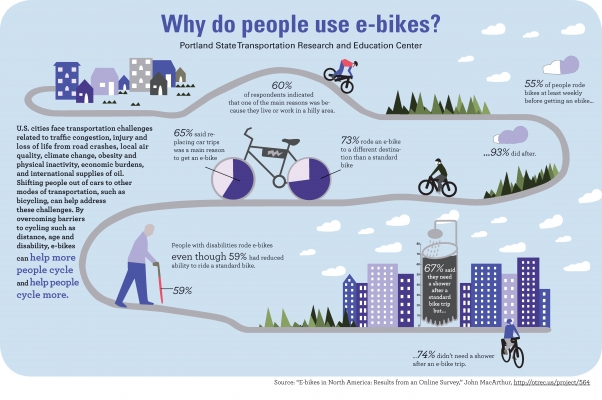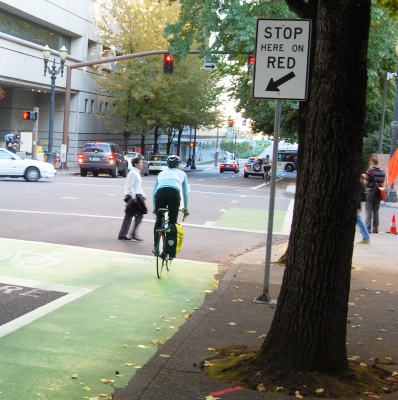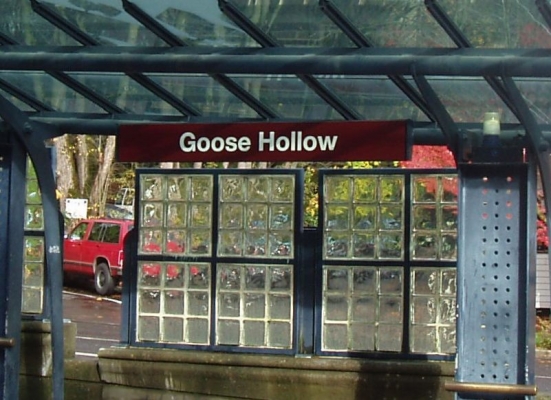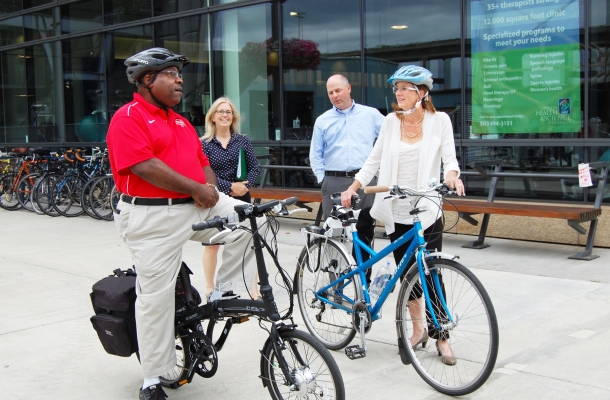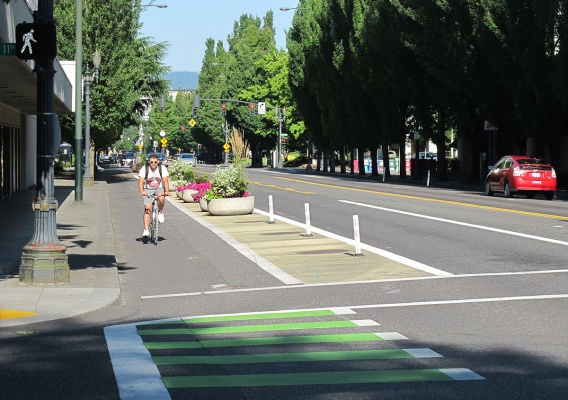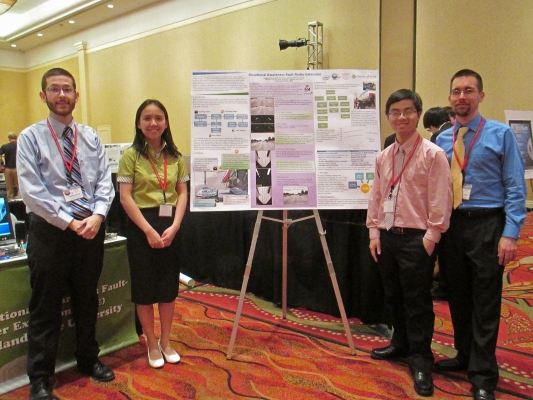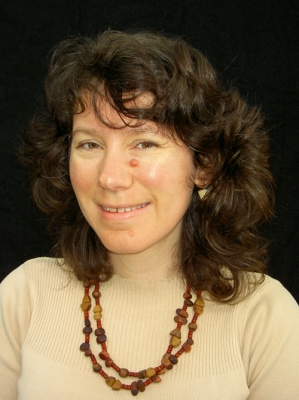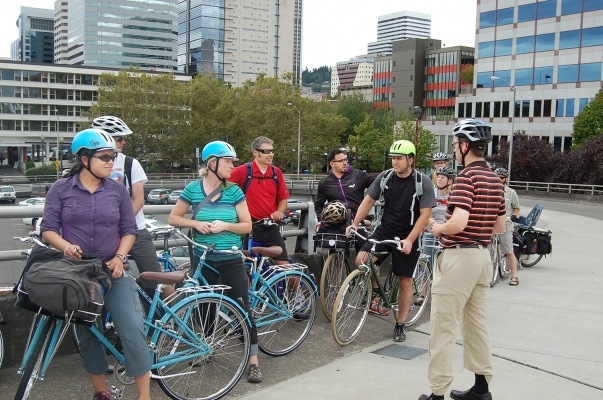As part of an ongoing project studying the use of electric-assist bicycles, or e-bikes, a research team led by TREC's John MacArthur conducted an online survey of e-bike users on their purchase and use decisions. The results, highlighted in this infographic, suggest that e-bikes enable people to bike more often, bike farther and carry more cargo than on a traditional bicycle. In addition, e-bikes let people ride a bike who otherwise could not because of physical limitations or distance.
Click image for larger version: Please include attribution to trec.pdx.edu
Please include attribution to trec.pdx.edu

